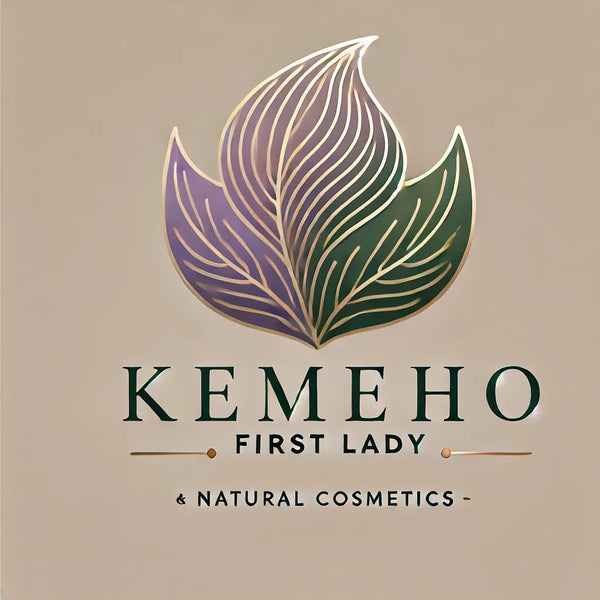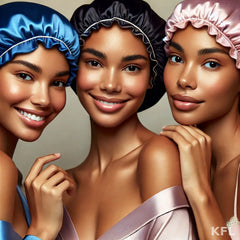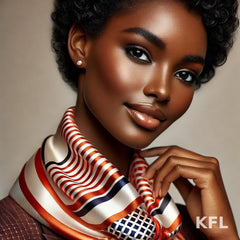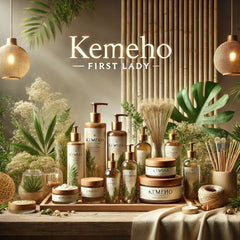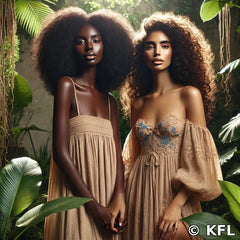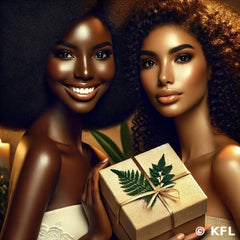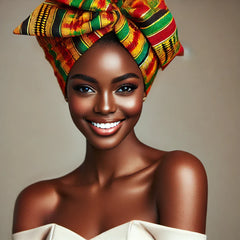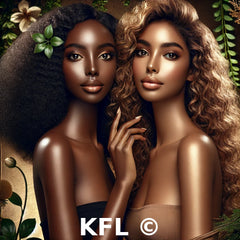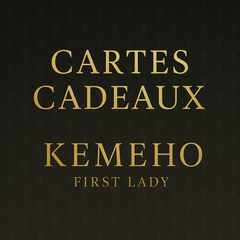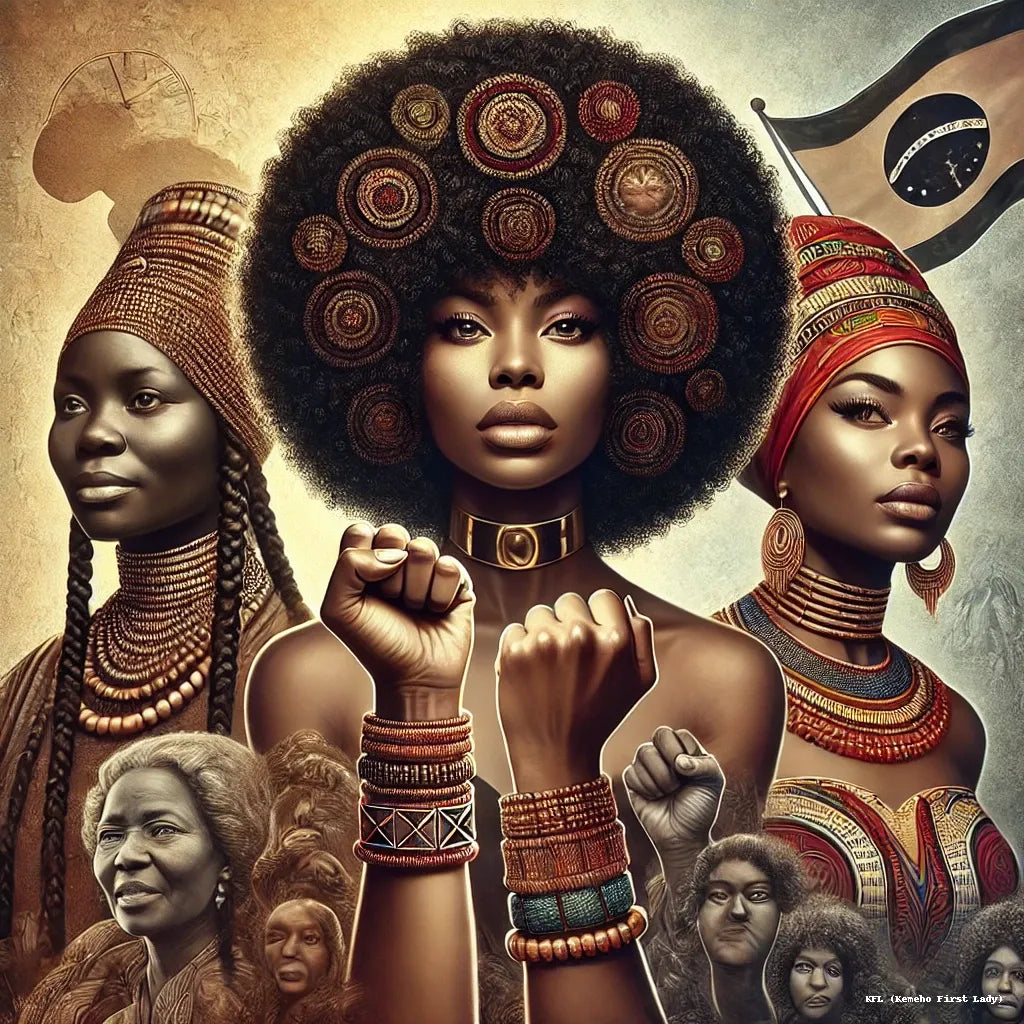
the-history-of-afro-textured-hair-oppression-and-reclamation
Share Label
Afro-textured hair has always been more than just a physical trait: it stands as a symbol of identity, culture, and resilience. Yet, its history is marked by centuries of oppression and efforts to erase its significance, until movements of reclamation restored these hair textures’ pride and legitimacy.

-
Pre-colonial Africa: Hair as a marker of identity
🌍 Before colonization, African hairstyles carried social, spiritual, and political meaning.
🌍 Each community had distinct hairstyles, ranging from intricate braids and locks to sculpted styles.
🌍 Hair indicated a person’s age, social status, tribe, and even marital status. -
Slavery and the devaluation of Afro-textured hair
⛓️ During the transatlantic slave trade, enslaved people were often shaved upon arrival, stripping them of cultural identity.
⛓️ In the Americas and Europe, natural hair was labeled as “wild” or “uncivilized,” reinforcing racist ideologies.
⛓️ In the U.S., Tignon laws forced Black women to cover their hair, institutionalizing stigma. -
The era of relaxers and rejection of natural textures
💇🏾♀️ In the 20th century, societal pressures led Black people to adopt straightened hairstyles for greater acceptance.
💇🏾♀️ Chemical relaxers gained popularity, helping conform to Eurocentric beauty standards.
💇🏾♀️ Public figures like Josephine Baker and Dorothy Dandridge wore straightened hair in the media, perpetuating these norms. -
The Black Power movement and the rise of the afro
✊🏾 In the 1960s-70s, the Black Power movement embraced Afro-textured hair as an act of resistance.
✊🏾 The afro became a symbol of Black pride and identity, popularized by figures like Angela Davis and the Black Panthers.
✊🏾 This marked the beginning of reclaiming Black beauty and rejecting imposed standards. -
2000s-2020s: The natural hair and “nappy” movements
🌿 Since the 2000s, a return to natural hair has gained momentum, fueled by social media and hair influencers.
🌿 Brands specializing in natural hair care have emerged, dispelling the notion that textured hair is “unmanageable.”
🌿 Anti-hair discrimination laws, such as the CROWN Act in the U.S., have started to protect natural hair in professional environments. -
Today: Embracing all textures
🔥 Afro-textured hair is increasingly celebrated in fashion, advertising, and media.
🔥 Celebrities like Lupita Nyong’o, Solange Knowles, and Issa Rae are normalizing texture diversity on red carpets.
🔥 While acceptance continues to grow, challenges and discrimination still remain.
Conclusion
The history of Afro-textured hair is a journey toward acceptance and recognition. After centuries of stigmatization, the reclamation movement has restored natural hair to its rightful place. Afro-textured hair is not just beautiful—it stands as a symbol of strength, culture, and history.
What has your journey been like with natural hair? Share your story in the comments!
📢 Want to learn more about African history and culture? 🌍✨ Dive into our Africa Travel Guide and discover fascinating traditions, iconic landmarks, and tips for an authentic journey. Click here to learn more 👉 Africa Travel Guide
